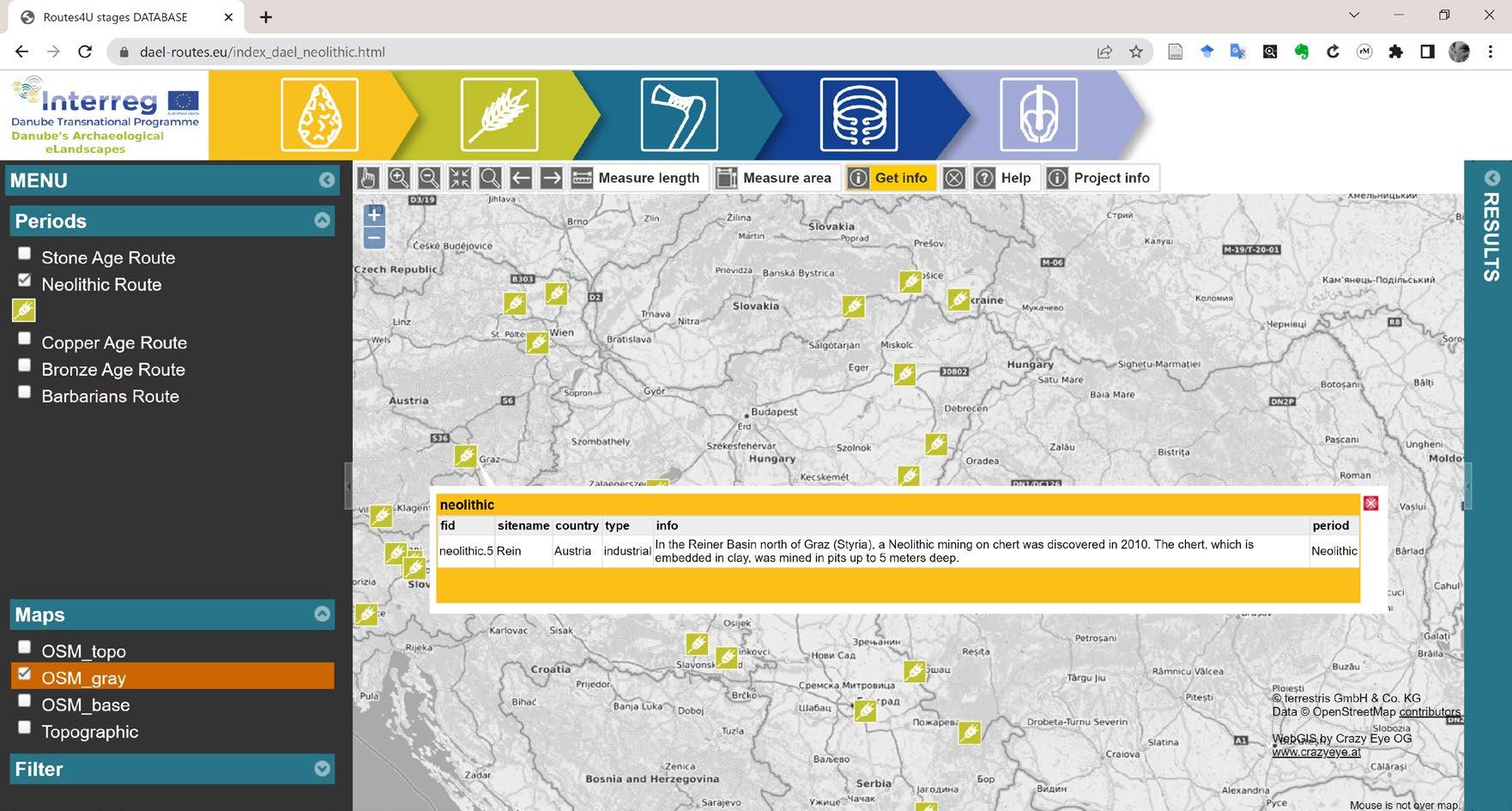
1 minute read
5 Recommendations (Martin Fera
For any cultural route there are many general elements that need to be considered; based on Pattanaro and Pistocchi (Pattanaro et al. 2016, Table 1) five general points should be addressed in the development of a Cultural Route:
1. Justification:
Advertisement
A justification for the proposed Routes can both be seen in attempts for the protection of cultural heritage as the economic development of regions in a sustainable way.
2. Goals:
Development goals and objectives need to be made clearly visible to decisionmakers and stakeholders and the benefit must be achievable to make it attractive to potential partners. Here a well working cooperation among actors is necessary and one of the tasks for an executive part of a dedicated network. First steps have been set by the workshops organised by the partners of the project in all countries during the year 2022. Further activities are necessary to identify and establish sustainable organisations who can take over the task of developing the goals of the individual routes further.
3. Inventory:
The inventory should include a list of assets and include as much information as available. The data collection has tried to consider the accessibility, the infrastructure and responsible management organisations in this first step, but clearly further measures are necessary.
4. Market potential:
To show potential partners and decision-makers the benefits of being included in such a network in-depth market research on the attractiveness of the theme, the touristic target groups and potential economic impact is needed. For this further funding should be sought.
5. Commercialisation of the itinerary:
Many individual steps are necessary to bring the Cultural Route from a valuable data collection of potential partners to an itinerary, where major points as accessibility and assets have been checked with partners and suggested stops and tourist facilities are chosen based on that. Here funding mechanisms are necessary and appropriate monitoring tools to assure the attractiveness for partners in a long-term.





